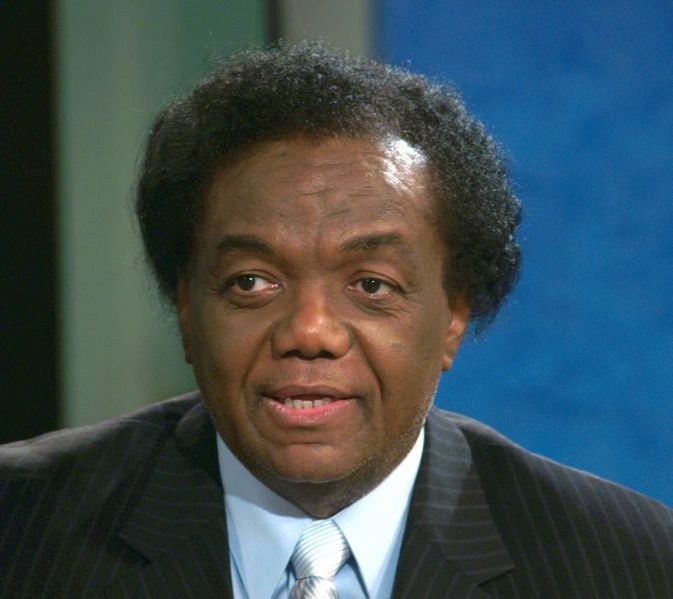 One of our most adored TV shows growing up was What’s Happening!! starring Danielle Spencer as Dee Thomas. To us she was the main attraction, with dialogue that made us chuckle. To wit:
One of our most adored TV shows growing up was What’s Happening!! starring Danielle Spencer as Dee Thomas. To us she was the main attraction, with dialogue that made us chuckle. To wit:
Momma: Dee, where’s your brother?
Dee: He gave me a quarter not to tell you. That he went to the party.
From 1976 to 1979, she was America’s bratty and lovable little sister, and today she’s an animal care advocate and author of Through the Fire: Journal of a Child Star.
In her memoir, the now Dr. Spencer-Fields recounts her love of animals from the tender age of 7. She raised Weimaraners, and often brought in abandoned dogs and cats near her home in New York City.
Even though she identified as an actor, the former sitcom star sought a mentor who encouraged her to attend Tuskegee University, and in four years she earned her D.V.M., or Doctor of Veterinary Medicine degree. As she started working professionally with animals, her mentor taught her about being a woman in a male-dominated profession, and about being African-American in the veterinary field. Invaluable wisdom.
Spencer-Fields was prescient to have connected with a mentor for help in navigating this uncharted terrain. In her role as a protege, she opened for herself many doors into the veterinarian world. That’s right, before giving her mentor credit for the guidance she gave, we credit “Dee” for pursuing a mentor in the first place.
As the story goes, her acting work hasn’t endured–although it may yet return–while her work as a veterinarian remains. So Dr. Spencer-Fields, along with the many animals she’s treated in Southern California, shines.
Have you read Spencer-Fields’ book? What do you think?
 Contrary to his teddy bear looks, pioneering scientist
Contrary to his teddy bear looks, pioneering scientist 


